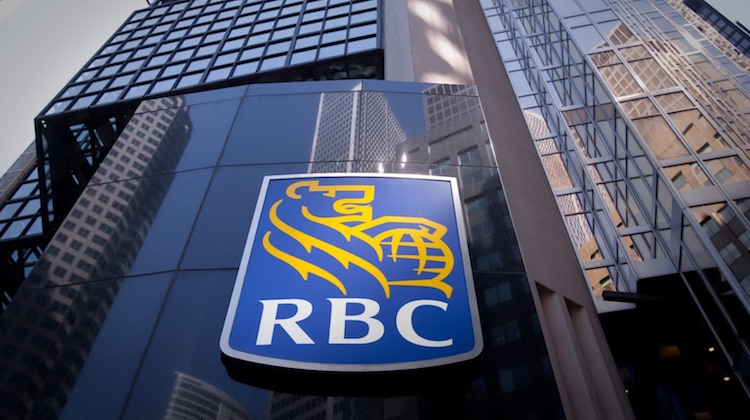The Customer Effect
RBC is building AI into its mobile banking app
- RBC has built AI-powered budgeting and saving capabilities within its mobile app.
- The integration of PFM capabilities within mobile apps is evidence of shift in mobile banking where PFM is a front-and-center part of the customer experience.








